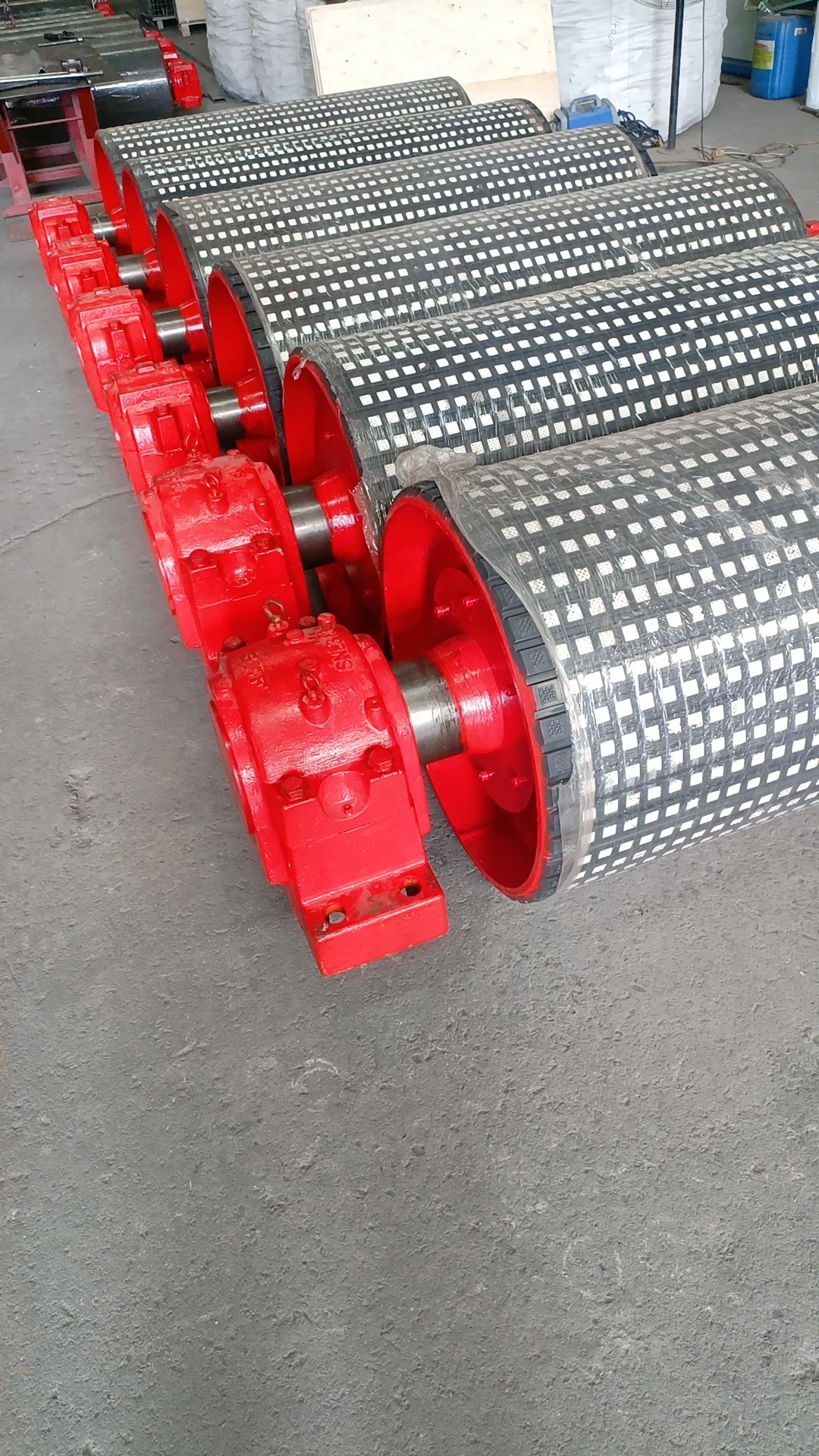 Afrikaans
Afrikaans  Albanian
Albanian  Amharic
Amharic  Arabic
Arabic  Armenian
Armenian  Azerbaijani
Azerbaijani  Basque
Basque  Belarusian
Belarusian  Bengali
Bengali  Bosnian
Bosnian  Bulgarian
Bulgarian  Catalan
Catalan  Cebuano
Cebuano  Corsican
Corsican  Croatian
Croatian  Czech
Czech  Danish
Danish  Dutch
Dutch  English
English  Esperanto
Esperanto  Estonian
Estonian  Finnish
Finnish  French
French  Frisian
Frisian  Galician
Galician  Georgian
Georgian  German
German  Greek
Greek  Gujarati
Gujarati  Haitian Creole
Haitian Creole  hausa
hausa  hawaiian
hawaiian  Hebrew
Hebrew  Hindi
Hindi  Miao
Miao  Hungarian
Hungarian  Icelandic
Icelandic  igbo
igbo  Indonesian
Indonesian  irish
irish  Italian
Italian  Japanese
Japanese  Javanese
Javanese  Kannada
Kannada  kazakh
kazakh  Khmer
Khmer  Rwandese
Rwandese  Korean
Korean  Kurdish
Kurdish  Kyrgyz
Kyrgyz  Lao
Lao  Latin
Latin  Latvian
Latvian  Lithuanian
Lithuanian  Luxembourgish
Luxembourgish  Macedonian
Macedonian  Malgashi
Malgashi  Malay
Malay  Malayalam
Malayalam  Maltese
Maltese  Maori
Maori  Marathi
Marathi  Mongolian
Mongolian  Myanmar
Myanmar  Nepali
Nepali  Norwegian
Norwegian  Norwegian
Norwegian  Occitan
Occitan  Pashto
Pashto  Persian
Persian  Polish
Polish  Portuguese
Portuguese  Punjabi
Punjabi  Romanian
Romanian  Russian
Russian  Samoan
Samoan  Scottish Gaelic
Scottish Gaelic  Serbian
Serbian  Sesotho
Sesotho  Shona
Shona  Sindhi
Sindhi  Sinhala
Sinhala  Slovak
Slovak  Slovenian
Slovenian  Somali
Somali  Spanish
Spanish  Sundanese
Sundanese  Swahili
Swahili  Swedish
Swedish  Tagalog
Tagalog  Tajik
Tajik  Tamil
Tamil  Tatar
Tatar  Telugu
Telugu  Thai
Thai  Turkish
Turkish  Turkmen
Turkmen  Ukrainian
Ukrainian  Urdu
Urdu  Uighur
Uighur  Uzbek
Uzbek  Vietnamese
Vietnamese  Welsh
Welsh  Bantu
Bantu  Yiddish
Yiddish  Yoruba
Yoruba  Zulu
Zulu Ceramic Coated Conveyor Pulleys for Enhanced Durability and Performance in Industries
Ceramic Lagging for Conveyor Pulleys Enhancing Performance and Durability
In the realm of material handling, conveyor systems play a pivotal role in efficiently transporting goods across various industries. At the core of these systems lies the conveyor pulley, a critical component that not only drives the system but also supports the belt. One innovative way to enhance the performance and durability of conveyor pulleys is through the application of ceramic lagging.
Ceramic Lagging for Conveyor Pulleys Enhancing Performance and Durability
Another key advantage of ceramic lagging is its exceptional grip. The textured surface of ceramic-lagged pulleys enhances belt traction, preventing slippage and improving the overall efficiency of the conveyor system. This is particularly beneficial in applications where heavy or wet materials are transported, as slippage can lead to operational inefficiencies, increased wear on the belt, and potential safety hazards. With enhanced grip, ceramic lagging ensures a reliable and consistent performance, ultimately maximizing productivity.
ceramic lagging conveyor pulley

Furthermore, ceramic lagging demonstrates excellent resistance to heat and chemical exposure, making it suitable for various industrial environments. Many manufacturing processes generate high temperatures or involve corrosive substances, which can degrade standard lagging materials. Ceramic lagging, however, remains robust under such conditions, ensuring that the conveyor system continues to operate effectively without interruptions due to wear or chemical damage.
Installation of ceramic lagging on conveyor pulleys is a straightforward process that can be integrated into existing systems without significant downtime. The tiles are typically affixed to the pulley using durable adhesives, which creates a strong bond that enhances the longevity of the application. Nevertheless, it is essential for professionals to ensure proper installation to achieve the maximum benefits of ceramic lagging and maintain operational efficiency.
In conclusion, ceramic lagging for conveyor pulleys represents a significant advancement in material handling technology. By providing enhanced wear resistance, superior grip, and excellent durability against heat and chemicals, ceramic lagging addresses some of the most common challenges faced by conveyor systems. As industries continuously strive for improved efficiency and reduced downtime, the adoption of ceramic lagging is likely to rise, offering a practical solution that can lead to substantial long-term savings and increased productivity. As manufacturers seek ways to innovate and enhance their operations, ceramic lagging stands out as a vital component in the future of conveyor technology.
-
Revolutionizing Conveyor Reliability with Advanced Rubber Lagging PulleysNewsJul.22,2025
-
Powering Precision and Durability with Expert Manufacturers of Conveyor ComponentsNewsJul.22,2025
-
Optimizing Conveyor Systems with Advanced Conveyor AccessoriesNewsJul.22,2025
-
Maximize Conveyor Efficiency with Quality Conveyor Idler PulleysNewsJul.22,2025
-
Future-Proof Your Conveyor System with High-Performance Polyurethane RollerNewsJul.22,2025
-
Driving Efficiency Forward with Quality Idlers and RollersNewsJul.22,2025





























